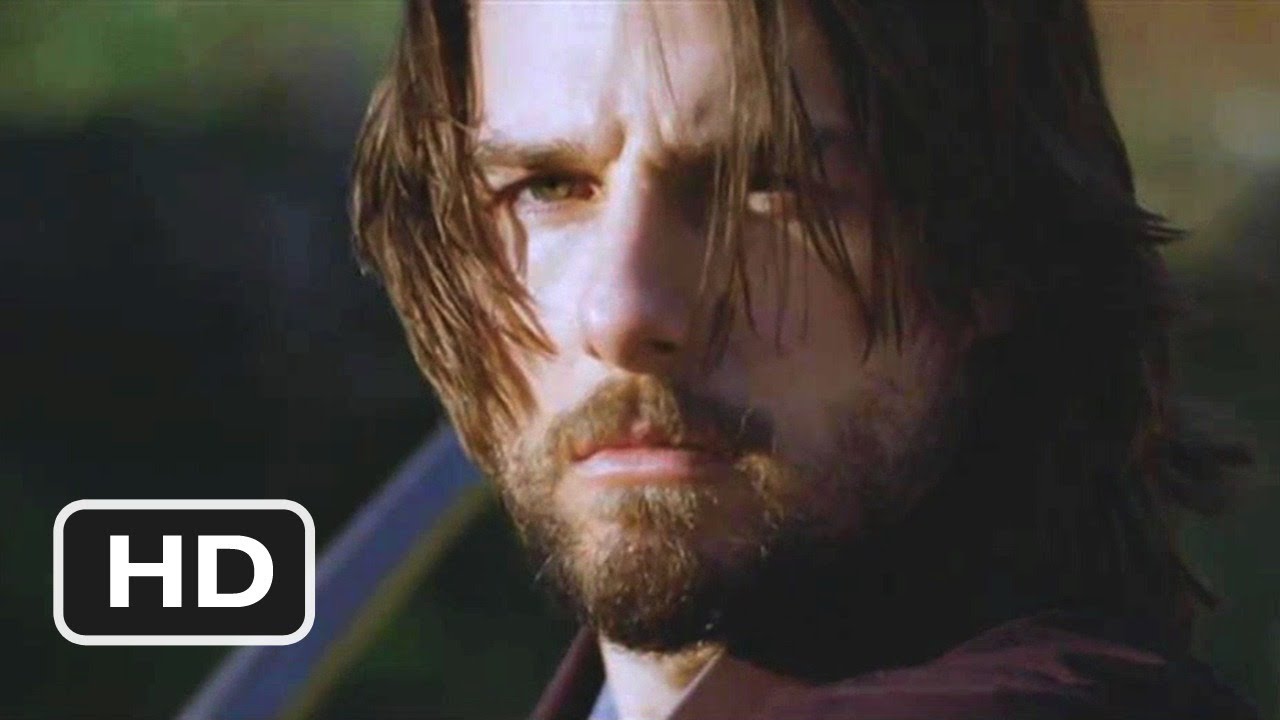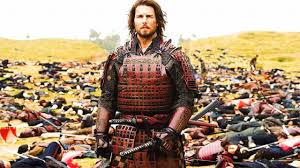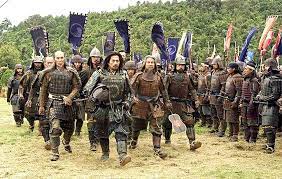🎬 The Last Samurai (2003)

Review of The Last Samurai (2003)
https://www.youtube.com/watch?v=T50_qHEOahQ
Edward Zwick’s The Last Samurai (2003) is an epic historical drama that explores themes of honor, cultural exchange, and the clash between tradition and modernization. Set in 19th-century Japan during a period of rapid change, the film tells a story of redemption and transformation through the eyes of a disillusioned American soldier. With breathtaking cinematography, compelling performances, and a sweeping score, The Last Samurai stands as a powerful exploration of identity and values.
A Story of Redemption and Cultural Discovery
The film centers on Nathan Algren (Tom Cruise), a former Civil War captain haunted by his role in atrocities committed against Native Americans. Struggling with guilt and alcoholism, Algren accepts an offer to train Japan’s Imperial Army to modernize its military and suppress a rebellion led by the samurai class. During a battle, Algren is captured by the samurai and taken to their remote village, where he is immersed in their culture.
As Algren bonds with the samurai, particularly their leader Katsumoto (Ken Watanabe), he begins to question his own values and the moral implications of the modernization efforts. The film portrays his transformation from a cynical soldier to a man who finds purpose and redemption in the samurai’s way of life, embodying their code of honor, discipline, and loyalty.
Tom Cruise and Ken Watanabe’s Riveting Performances
Tom Cruise delivers a nuanced performance as Nathan Algren, capturing the character’s journey from brokenness to renewal. Cruise’s commitment to the role, including rigorous physical training and emotional depth, makes Algren’s transformation both believable and compelling.
Ken Watanabe’s portrayal of Katsumoto is equally powerful. As the noble samurai leader, Watanabe brings a sense of gravitas and humanity to the character, making him a formidable yet compassionate figure. The dynamic between Algren and Katsumoto forms the emotional core of the film, showcasing a bond built on mutual respect and shared ideals.
The supporting cast, including Hiroyuki Sanada as the fierce warrior Ujio, Koyuki as Taka, a widow who becomes a symbol of Algren’s redemption, and Timothy Spall as Simon Graham, a British interpreter, further enrich the narrative with their strong performances.
A Visual and Musical Masterpiece
The film’s visual splendor is one of its defining features. Cinematographer John Toll captures the beauty of Japan’s landscapes, from serene villages to misty battlefields, creating a vivid and immersive setting. The production design meticulously recreates the period, blending historical accuracy with artistic flourish.
Hans Zimmer’s score elevates the film’s emotional impact, blending traditional Japanese instruments with orchestral arrangements. The music underscores key moments of introspection, tension, and triumph, enhancing the storytelling with its evocative melodies.
Themes of Tradition vs. Modernization
The Last Samurai explores the tension between Japan’s ancient traditions and the forces of modernization during the Meiji Restoration. The film examines the cost of progress, particularly the erosion of cultural identity and the sacrifices made in the name of modernization. Through Algren’s eyes, the audience gains an appreciation for the samurai’s way of life and the values they represent: honor, duty, and harmony with nature.
While the film romanticizes the samurai, it does so without ignoring their flaws, presenting a balanced view of their role in history. Similarly, the Imperial forces are depicted as agents of change, driven by both ambition and necessity, adding complexity to the narrative.
Critiques and Controversies
While widely praised, The Last Samurai has faced criticism for its depiction of a white protagonist immersed in a foreign culture, with some labeling it a “white savior” narrative. However, the film’s focus on Algren’s transformation is balanced by its respectful portrayal of Japanese characters, particularly Katsumoto, who is portrayed as a central and autonomous figure.
Another critique is the film’s historical liberties. While inspired by real events, The Last Samurai is a fictionalized account that blends historical elements with artistic license. This approach, while effective for storytelling, may disappoint viewers seeking historical accuracy.
A Legacy of Cultural Reflection
The Last Samurai has left a lasting impression for its ability to bridge cultural divides and present universal themes of honor, loyalty, and self-discovery. Its portrayal of a pivotal moment in Japan’s history resonates with audiences worldwide, inviting reflection on the value of preserving traditions in the face of change.
The film’s success at the box office and its multiple award nominations, including an Academy Award nomination for Ken Watanabe, underscore its impact as a cinematic achievement.
Conclusion
The Last Samurai is a visually stunning and emotionally resonant film that transcends its historical setting to tell a timeless story of redemption, cultural exchange, and the enduring power of honor. Anchored by exceptional performances from Tom Cruise and Ken Watanabe, the film offers a poignant exploration of identity and values, making it a must-watch for fans of epic dramas. Whether viewed as a historical tale or a personal journey, The Last Samurai continues to inspire and captivate audiences nearly two decades after its release.